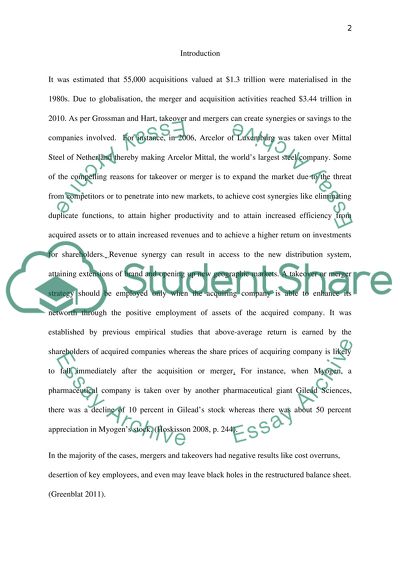Cite this document
(“Corporate finance Essay Example | Topics and Well Written Essays - 1500 words”, n.d.)
Corporate finance Essay Example | Topics and Well Written Essays - 1500 words. Retrieved from https://studentshare.org/other/1401788-corporate-finance
Corporate finance Essay Example | Topics and Well Written Essays - 1500 words. Retrieved from https://studentshare.org/other/1401788-corporate-finance
(Corporate Finance Essay Example | Topics and Well Written Essays - 1500 Words)
Corporate Finance Essay Example | Topics and Well Written Essays - 1500 Words. https://studentshare.org/other/1401788-corporate-finance.
Corporate Finance Essay Example | Topics and Well Written Essays - 1500 Words. https://studentshare.org/other/1401788-corporate-finance.
“Corporate Finance Essay Example | Topics and Well Written Essays - 1500 Words”, n.d. https://studentshare.org/other/1401788-corporate-finance.


